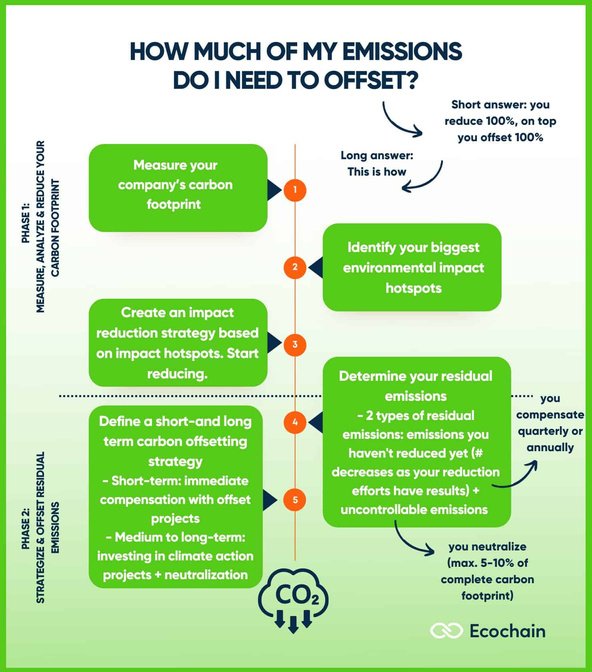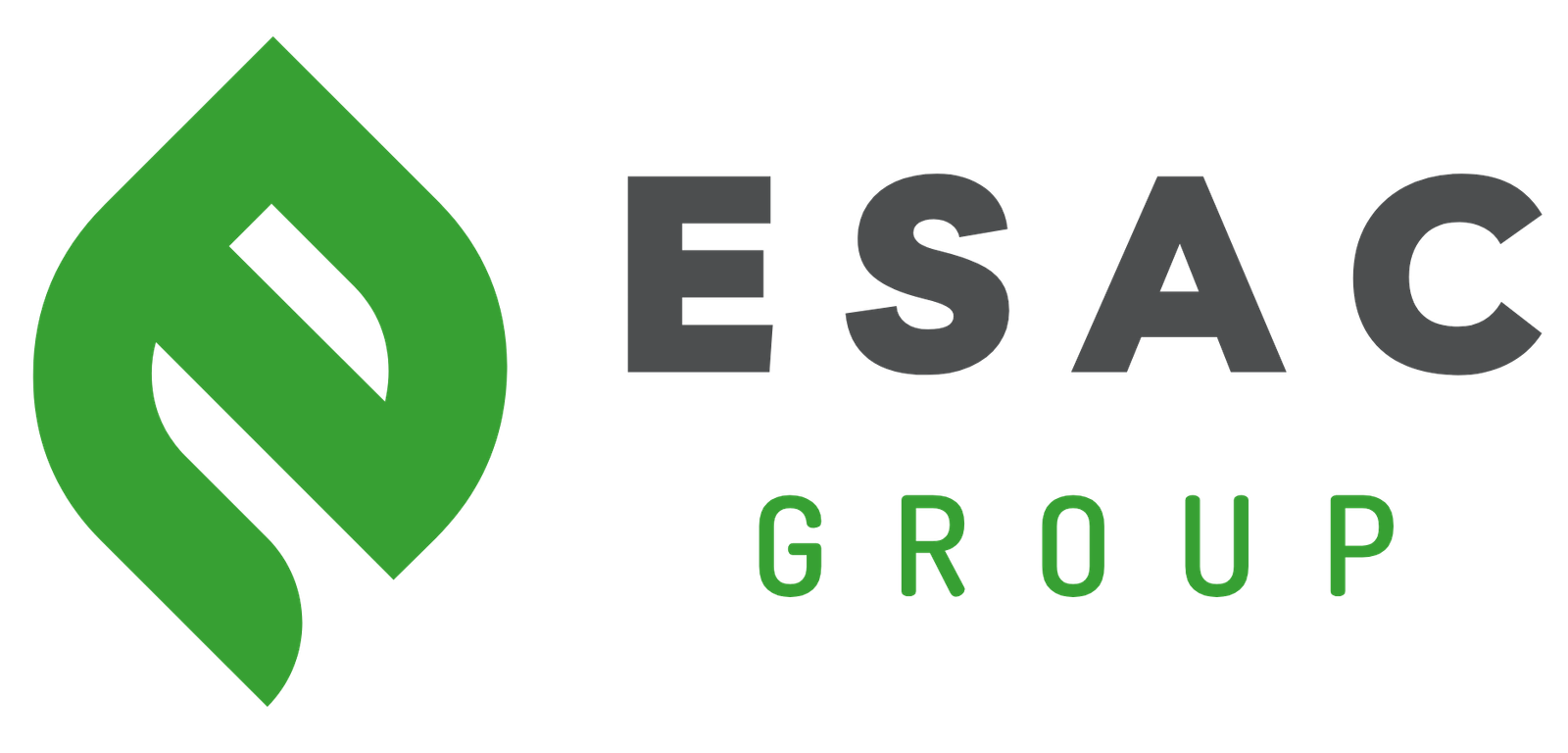Agri-Tech Testing
Strategic Environmental & Compliance Advisory
Sustainability Strategy Development
Crafting a comprehensive plan to enhance sustainability practices within an organization, addressing environmental, social, and economic aspects
Policy Development And Implementation
Assisting in the creation and execution of environmental policies that align with corporate sustainability goals.
Stakeholder Engagement
Involving and collaborating with relevant stakeholders, including communities, customers, and partners, to gather insights and build relationships.
Compliance Audits And Reporting
Reviewing operations to ensure adherence to environmental laws, regulations, and standards, and assisting with regulatory reporting requirements.
CSR CONSULTATION
Developing and implementing CSR initiatives that reflect the organization’s commitment to environmental stewardship.
Due Diligence And Preacquisition Advice
Assessing environmental and sustainability risks before investments or acquisitions
Esg Policy And Framework
Integrating Environmental, Social, and Governance (ESG) factors into corporate strategy.
Environmental Management System
Implementing a structured Environmental Management System (EMS) to manage environmental aspects effectively
Supply Chain And Reporting Transparency
Enhancing sustainability and transparency in the supply chain to meet global expectations
Carbon Footprint Analysis
Calculating and reducing an organization's carbon footprint through targeted strategies.
Greenhouse Gas (Ghg) Inventory Management:
Compiling comprehensive inventories of GHG emissions and advising on reduction techniques.
Sustainability Strategy Development
Helping organizations develop and implement strategies that promote sustainability across their operations.
Esg Policy And Framework
01
Conduct a materiality assessment
02
Set measurable ESG goals
03
Align ESG and business strategy
04
Develop policies and procedures
05
Continuously review and improve
06
Communicate and engage
07
Ensure commitment on all levels
08
Assess current state
09
Create an ESG long-term plan
10
Execute your ESG action plan
Digital Sustainability & Esg Dolutions

A state-of-the-art Online Digital ESG Platform which can capture consumption from building’s operation, improving company’s overall rating across multiple sustainability frameworks and enhance enterprise value.

A state-of-the-art Online Digital Carbon Accounting Platform which can undertake comprehensive Carbon assessment, set reduction targets, track and monitor decarbonization activities as well as offset carbon emissions.
Circular Economy Strategy Development
01
02
03

Projects Life Cycle Assessment
Goal and scope definition
Inventory analysis
Impact assessment
Interpretation

Projects Life Cycle Assessment
Obtain buy-in and align stakeholders
Identify lowhanging fruit and immediate actions
Accept uncertainty
Determine inhouse capabilities and external partner needs
Understand the regulatory landscape
Choose realistic strategies and technologies
comunicate, Monitor and adjust
Transition to renewable energy
Implement energy efficiency measures
Science Based Targets Initiative (Sbti)
Carbon Budget
Emissions Scenario
Contraction
Convergence
Contraction
Carbon Neutral Services
STEP 1
Define
Understand exactly what should be covered in your footprint
STEP 2
Measure
Calculate it accurately and conservatively
STEP 3
Target
Set goals for emission reductions and removals across your operations and value chain, and offsetting the rest of your footprint
STEP 4
Reduce
Deliver emission reductions and removals across your operations and value chain, and offset the rest of your footprint through financing verified emission reductions and removals
STEP 5
Communicate
Demonstrate your climate action and engage your teams, customers and stakeholders
Carbon Offset

